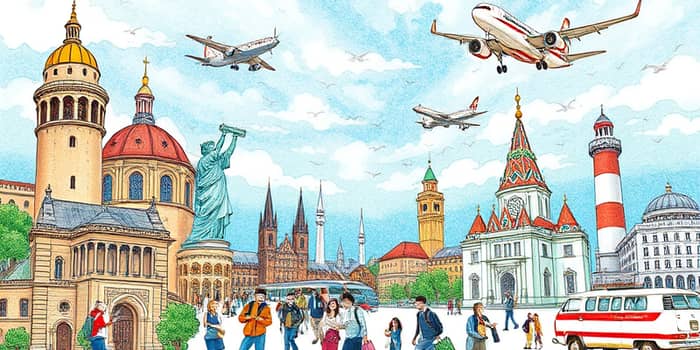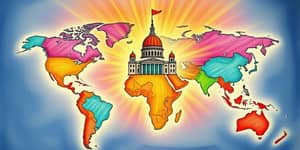
The global travel sector is witnessing an unprecedented resurgence as travelers seek to rediscover the world. After years of restrictions, people are stepping out with renewed enthusiasm and a thirst for new experiences.
Pent-up consumer desire to travel has collided with accumulated savings to drive record booking volumes. Airlines, hotels, and tour operators are now grappling with robust demand across leisure, business, and blended travel segments.
The winter 2024-2025 holiday season in the US illustrated this boom clearly. TSA throughput in the US rose 7% year over year, signaling more trips, higher occupancy rates, and elevated spending per traveler.
Leisure travel surged as families and friends reunited, while business trips resumed cautiously. The blend of work and pleasure has unlocked new patterns of exploration, with travelers extending stays and combining agendas.
Behind this momentum lie compelling numbers. International tourism rebounded to 88% of pre-pandemic levels in 2023, and experts anticipate a full recovery by the end of 2025.
Global tourism spending is forecast to hit $2 trillion in 2025, while the travel experience industry projected to hit $375 billion and blended travel to reach $300 billion, marking fresh highs.
Not all markets are uniform. The US stands out with a projected drop in international visitor spending to just under $169 billion in 2025, down from $181 billion in 2024—a concerning 22.5% decline from pre-pandemic highs.
Visa access challenges and policy hurdles, not waning interest, drive this setback. Domestically, intentions dipped by 4% between February and April 2025, with nearly 80% of consumers reconsidering plans due to financial uncertainty.
A significant share of travelers is recalibrating plans to align with evolving circumstances. Many are prioritizing cost and convenience, reshaping the way trips are planned and executed.
Additionally, 29% of consumers are opting for domestic destinations over international ones, driven by geopolitical tensions and tariff concerns, representing a silver lining for local travel operators.
Restored global connectivity, especially from Asian markets, remains a cornerstone of recovery. Tourists from China and India are contributing significantly, with flight routes and visa processes steadily normalizing.
The rise of remote and hybrid work adds flexibility to travel calendars, fueling business-leisure crossover trips. Professionals extend visits for leisure, boosting off-peak occupancy at resorts and urban hotels.
Despite strong demand, labor shortages remain a pressing issue. Airlines, hotels, and attractions worldwide struggle to recruit and train enough staff, leading to delays and service gaps.
Rising travel costs could reverse affordability trend, as energy price volatility and inflationary pressures push airfares and accommodation rates upward.
Global economic headwinds and financial market volatility could alter consumer confidence. Businesses must remain vigilant to shifting indicators that may influence booking patterns and travel durations.
Hotel operators are adopting targeted expansion strategies, focusing on acquisitions in key markets. Many brands are enhancing wellness and hygiene protocols in response to the heightened demand for wellness travel experiences.
The global health and wellness market is valued at $1.5 trillion and growing annually by 5–10%. Providers offering spa retreats, mindfulness programs, and fitness packages are capturing eager audiences.
To capitalize on this momentum, travel businesses are embracing AI, implementing chatbots and personalized recommendations to enhance customer service. Operational efficiency improvements are key to managing volumes effectively.
Despite persistent challenges, industry experts expect a return to pre-pandemic arrival levels by late 2025 for most regions, though some may not fully recover until 2029. Vigilance and flexibility will be essential.
In this dynamic environment, both travelers and providers stand at a pivotal moment. By understanding evolving behaviors, adapting strategies, and seizing emerging opportunities, the travel sector can look ahead with confidence and creativity.
References













